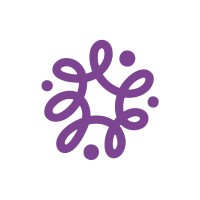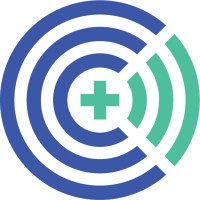
Neuromuscular WA
Neuromuscular WA is a for-purpose organisation passionate about enhancing the quality of life, happiness and wellbeing of people living with neuromuscular conditions in WA. Since 1967, we’ve worked with hundreds of families, guiding them to get the best support and services they need and creating opportunites for them to connect with others in similar circumstances. We provide practical help that underpins their medical care and we support our members throughout their life, whenever they need it. We receive no ongoing government support and we rely on fundraising, donors and sponsors to continue to provide the financial backing for us to support our community. Visit our website to learn more about us and the people we help.






